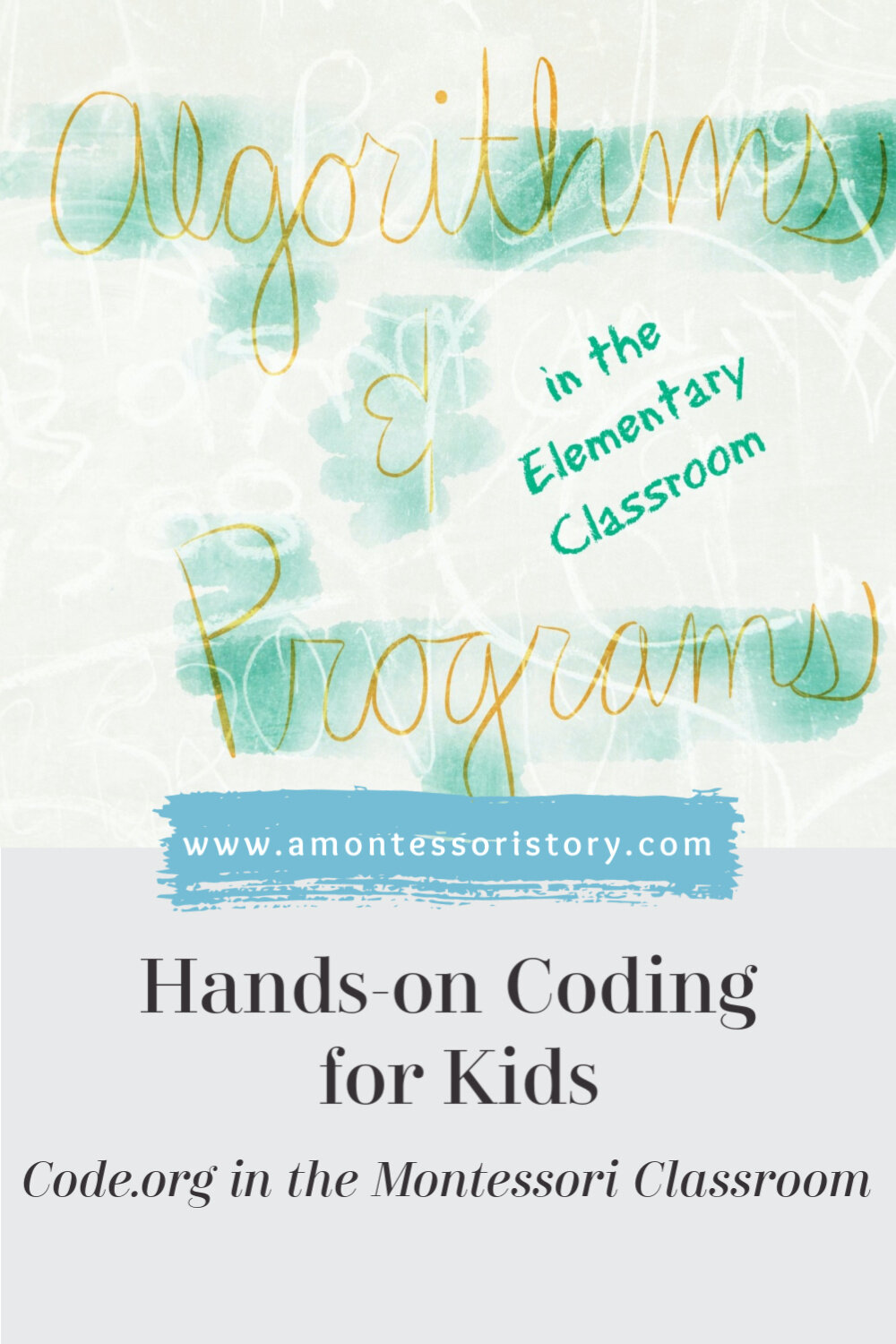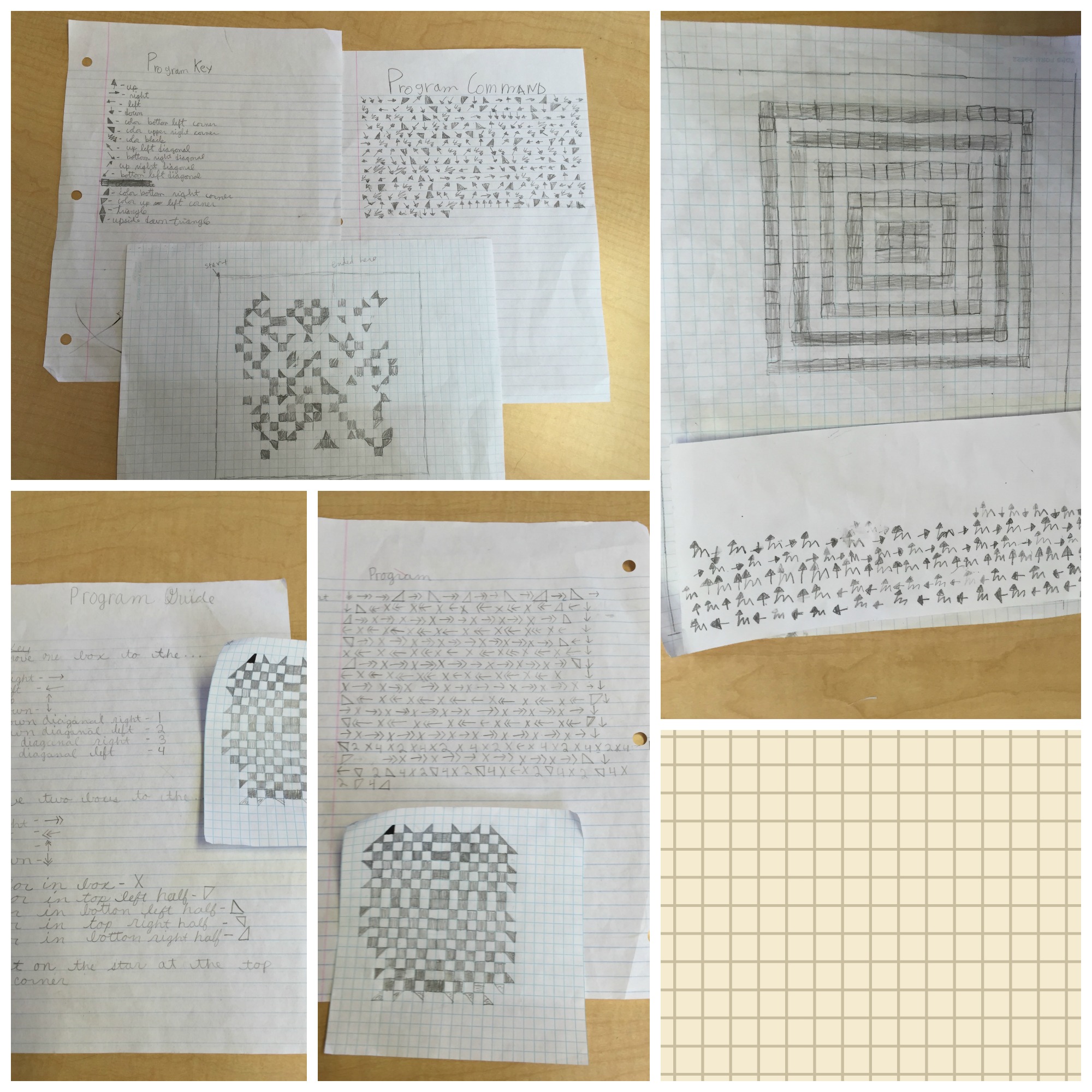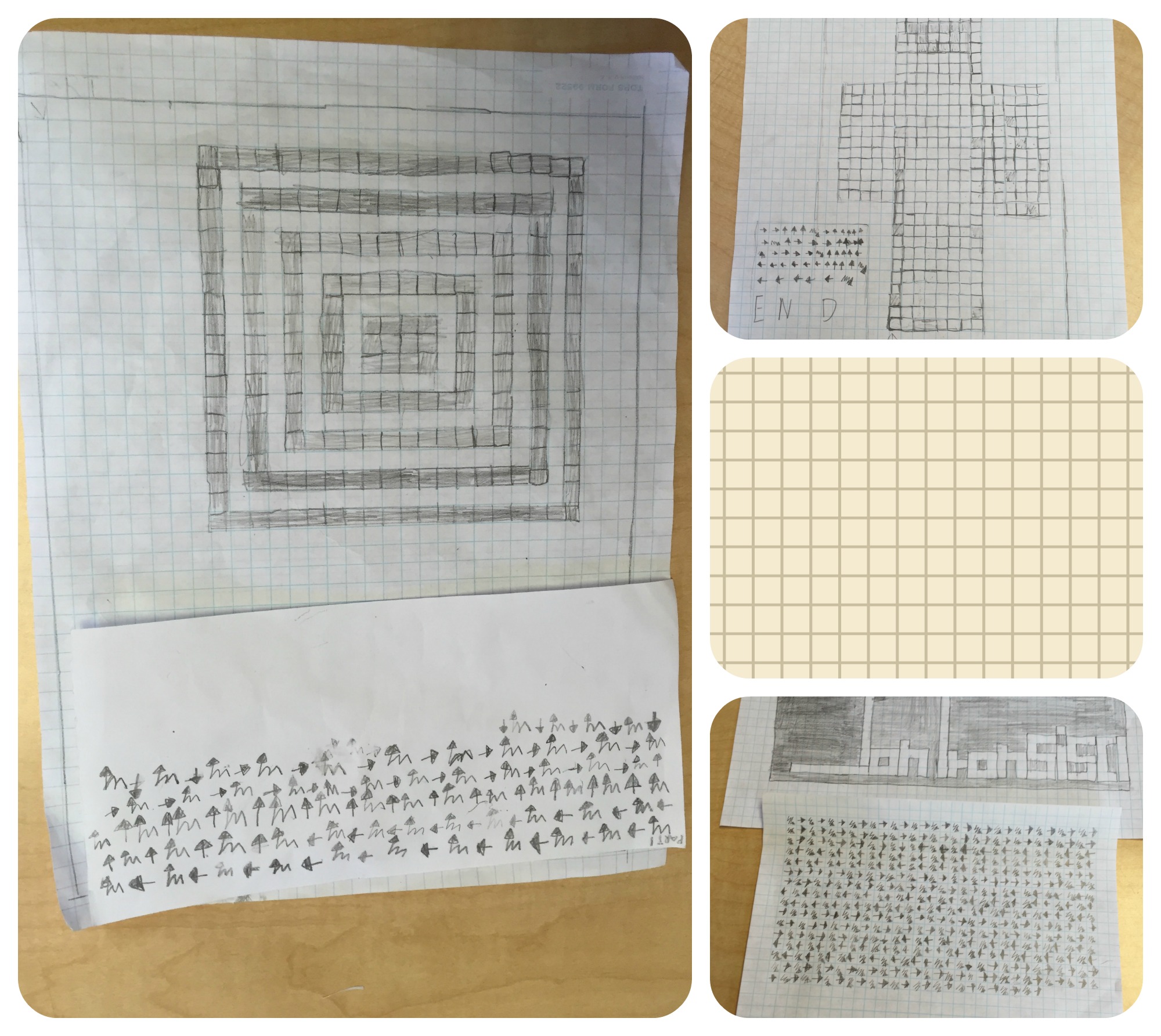Motherhood: A New Chapter in My Story
I haven’t written a new post in a while because I’ve been absorbed in a new chapter of life—Motherhood.
On November 12, 2015, Heath and I welcomed Oliver James into the world. Becoming a mommy has definitely opened my heart to a brand new kind of love.
This tiny being has become my world in a very short time. I am amazed every single day at how quickly he learns and grows. His personality is already starting to bloom. He smiles and babbles nonstop, he is getting pretty good at tummy time, and he loves listening to music!
As Oliver learns new things every day, Heath and I do too. We have spent the last 3 months learning how to be parents—trying to decipher every unique whimper and cry; trying to balance our tendency to nurture and sooth Oliver, while also helping him learn self-soothing techniques; and learning to function on very little sleep. We have learned to swaddle; we have experimented with cloth diapers; and we now understand the difficulties that come with breastfeeding while being a working mom.
I had 7 weeks of maternity leave to spend with Oliver before I started back to work. This wasn’t nearly enough bonding time with my little love. I really feel that Oliver is only just now beginning to recognize me as his mother, rather than his source of food. But I’ll spare you a blog post on how I believe the US needs to catch up with the rest of the developed world by offering paid family leave to new parents ;)
Nevertheless, as much as I love my role as a Montessori teacher, going back to work was challenging. Pumping breastmilk at work proved to be tedious and difficult to say the least. And, oh, how hard it was to focus on the needs of my students when my thoughts kept drifting to that sweet, new baby boy of mine.
Thankfully, things are starting to get easier. I am getting a little more sleep; Oliver now goes to school with me, as he has joined the Nido classroom; and we are all settling into a routine.
So now I finally feel ready to pick up where I left off and continue writing about my adventures as a guide in the elementary Montessori classroom. But also expect quite a few posts on what it means to be a Montessori mommy! After all, this isn’t just a new chapter in life. It’s also a new chapter in my Montessori Story.


























